In my urban garden, I had rats, flies, and wasps feasting like crazy from my open compost bin, which made them permanent residents in the garden too. As you can imagine, I did not want to share my space with these guests! Wait until you see this compost bin turned compost tumbler, a transformation that took just an hour but upgraded the space from junky to fabulous and immediately resolved the pest problem.

One thing about gardening in a small space is that you tend to pack every nook and cranny with garden. That makes the practical necessities hard to find a place for where they won’t become an eyesore.
The compost area in my garden consisted of a broken-down city-provided compost bin that was held together with sunshine yellow duct tape and not much else. The holes were created by unwelcome neighbours with beady eyes and long tails. You guessed it: rats!
Our compost bin had clearly been the 5-star bed and breakfast to rats long before we moved in. As much as we tried to keep them out, they were determined to return.
A compost tumbler not only made this urban composting space look a whole lot better, but it also sped up the composting process dramatically. A closed system like this keeps the compost contained, and it has no space for pests to get in.
Rats, mice and other rodents love to dine and nest in the warmth of a home compost bin. Cats, dogs, foxes, raccoons, coyotes, badgers, and even snakes may also be attracted. And let’s not forget about bugs in compost that don’t belong there.
While it’s very useful to have worms and microorganisms munching away at the materials to break them down, it can be quite unpleasant when wasps and flies move in. Let’s fix that!
This post will cover…
- Goodbye Old Compost Bin. It’s Time for a Makeover!
- 5 Reasons You Should Use a Compost Tumbler
- Composting Recipe for Compost Tumblers
- Make Composting Pretty with a Composting Platform
- Frequently Asked Questions About Compost Tumblers
- More Composting Tips
Goodbye Old Compost Bin. It’s Time for a Makeover!
The compost space is located at the back entrance to the garden, which is a convenient location for using it, but what an eyesore! Here is what it looked like before.
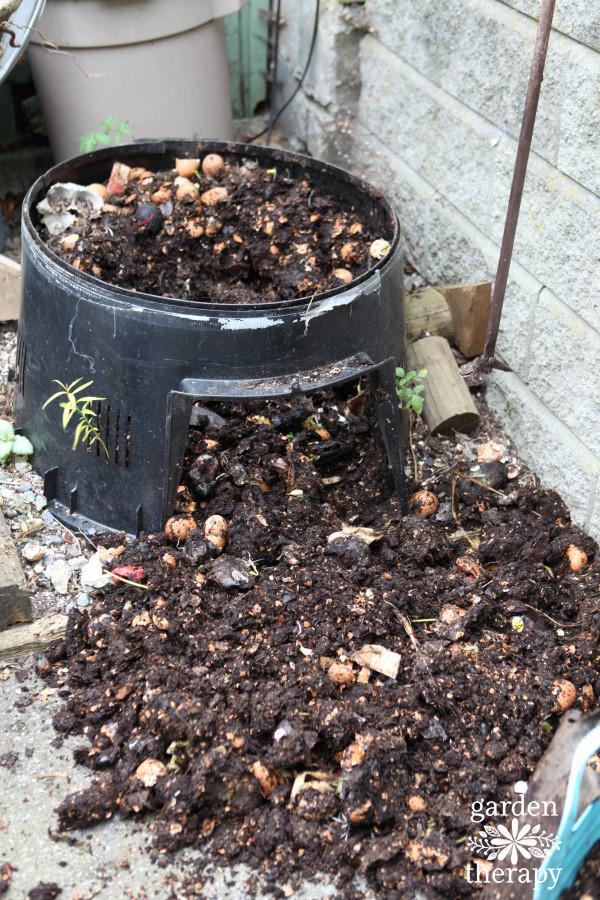
Despite regular aeration and the proper composting recipe, when you have only one compost bin, you can’t add new materials until the current materials are finished composting. And it takes a long time to fill up the bin in the first place.
With this style of composter, we were continually adding material and digging partially finished compost into the garden.
While an open-bottom compost bin is best on soil so that there is an entry point for insects and worms, a compost tumbler is best on a raised platform because it is neater, easier to roll, and allows access to the compost tea spout at the bottom.
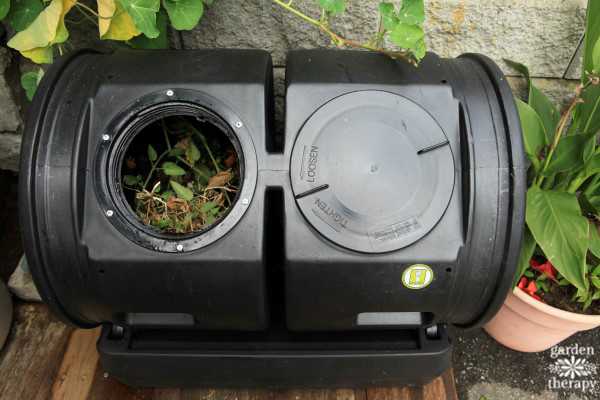
5 Reasons You Should Use a Compost Tumbler
- A compost tumbler is a closed system that keeps out rats and other pests. It’s effectively the only kind of animal proof compost bin.
- A compost tumbler is neater as the compost is contained completely inside the bin chambers.
- A compost tumbler speeds up the completion time for finished compost. My compost tumbler, The Compost Wizard, has two 25-gallon chambers, so you can make compost on one side while adding compostable materials to the other.
- A compost tumbler is easier to mix (by spinning it) than a traditional compost bin (using an aeration tool) or pile (fork-turning the compost). It’s a whole lot of fun to spin it, too!
- A compost tumbler like the Compost Wizard collects the excess moisture from the compost and the leachate in the bin’s base. This can be added to the garden when watering as compost tea.
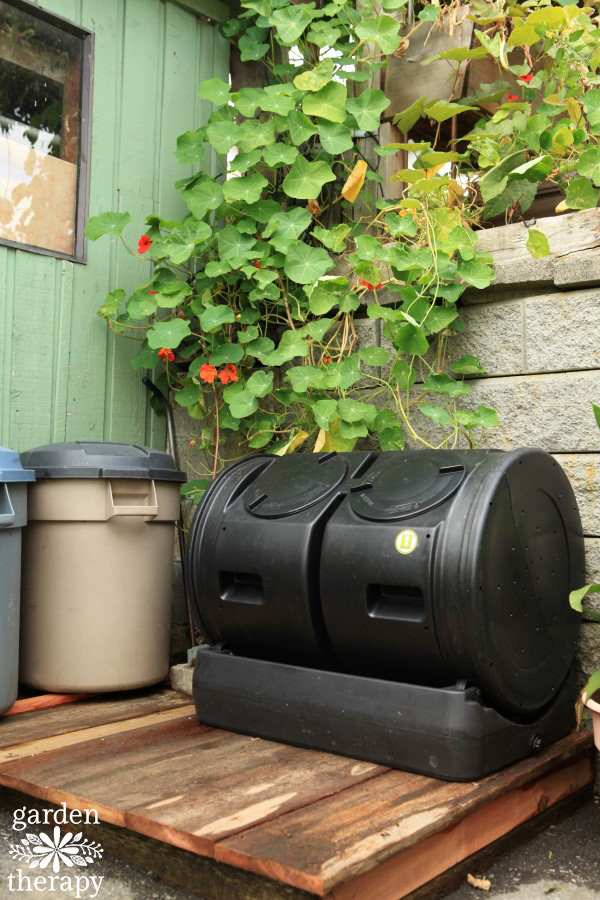
Composting Recipe for Compost Tumblers
I’ve previously written about how important it is to follow a compost recipe to be sure that your greens, browns, balanced materials, air, and water are added in the right amounts for effective composting.
This recipe holds true for a compost tumbler with one exception; the process will be stimulated by heat and aeration, which will promote microorganisms to break down the material.
In a compost pile, soil insects and worms are also introduced to help break down the material, but the heat and movement of a tumbler do not provide a great environment for those creatures. Adding some compost starter to the materials will help to get the process off on the right foot.
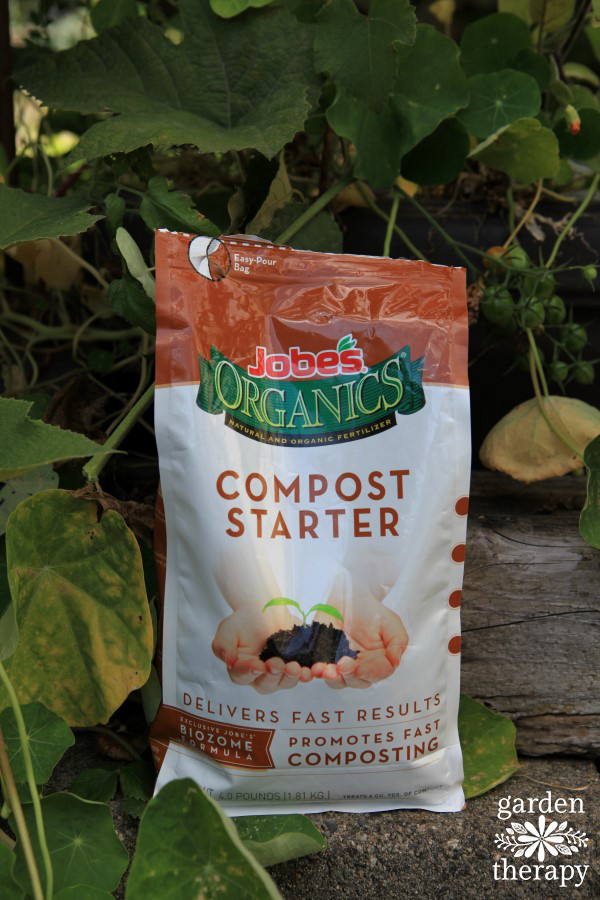
Make Composting Pretty with a Composting Platform
My composting area is now a feature rather than an eyesore with this good-looking barn wood platform we built. It doesn’t take long at all. Here are the instructions:
- Level the foundation so the planks are flat and not at risk of warping, bending, or breaking. Use a level both side-to-side and back-to-front to ensure your foundation is level.
- Support under the planks to ensure they can easily support the weight of a fully loaded compost bin and a person working at it. Lay down joists perpendicular to your planks every 12″ for proper support.
- Raise the surface of the platform to prevent rot. Using gravel to fill in around your foundation and joists (not soil) will increase the longevity of the platform. Ensure the top of your joists protrude above grade so that your planks do not rest directly on the soil.
Here are some photos of the process, which I have put together in a little slideshow.

Doesn’t the composting area look much better now? And now we finally have an animal proof compost bin.
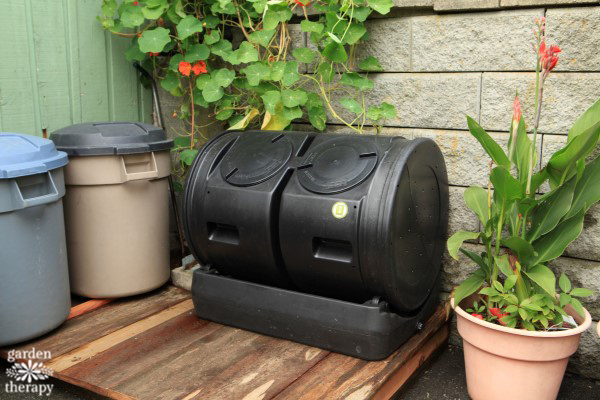
Frequently Asked Questions About Compost Tumblers
The compost tumbler is a closed environment, meaning it holds in heat, speeding up the composting process. You can see fresh compost in as little as two weeks under ideal conditions, compared to the four weeks in a regular compost bin.
You’ll know your compost is ready when it becomes dark and crumbly. If you squeeze it, it should have some moisture that comes out as compost tea.
Most compost bins should attract beneficial insects and fungi to help break down your compost. What you don’t want are things like maggots and fruit flies. The best defence against this is having a balanced compost with a layer of brown on top of the compost. Follow this compost recipe to keep it balanced.
Fruit flies are often attracted to compost as they feast on rotting fruit and food. These insects are tiny and will fly around when disturbed.
Inside your compost, you may also find sow bugs and pill bugs. These crustaceans are tiny gray creatures with hardshell backs. They’re quite harmless to compost and help speed up decomposition.
If you find lots of bugs in compost bins at your house, a compost tumbler could prevent them. They often can’t get inside, and even if they do, the temperatures are too hot for survival.
The location will change the conditions of the bin. If you place it in the sun, it will heat the bacteria, and it will make it work faster. It will also dry out faster, so you have to make sure you add additional moisture.
Putting it in the shade will retain the moisture better, but it won’t decompose as quickly.
What’s important is that your compost tumbler is in an easy and accessible spot to check on it regularly to ensure it doesn’t get stinky and has the right balance.
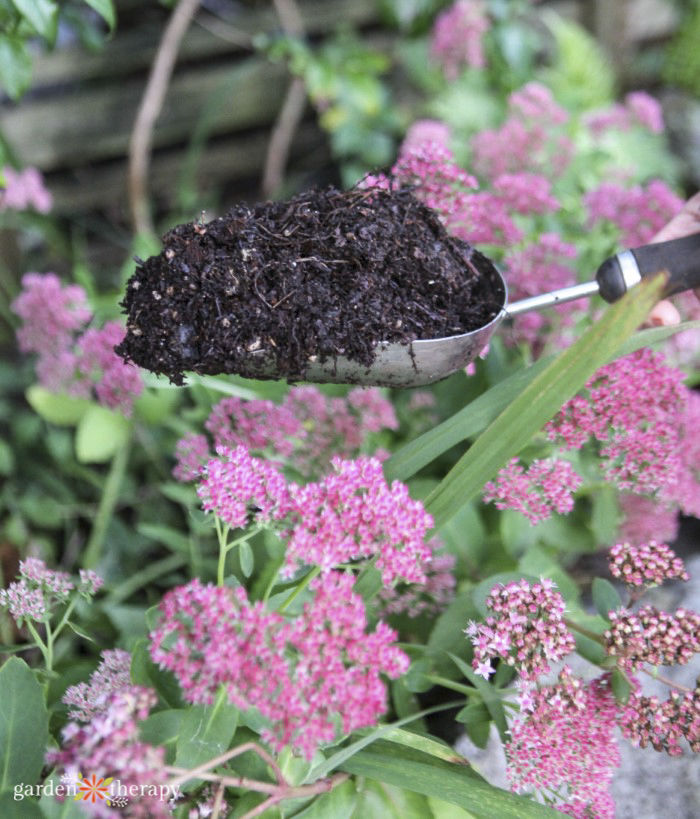

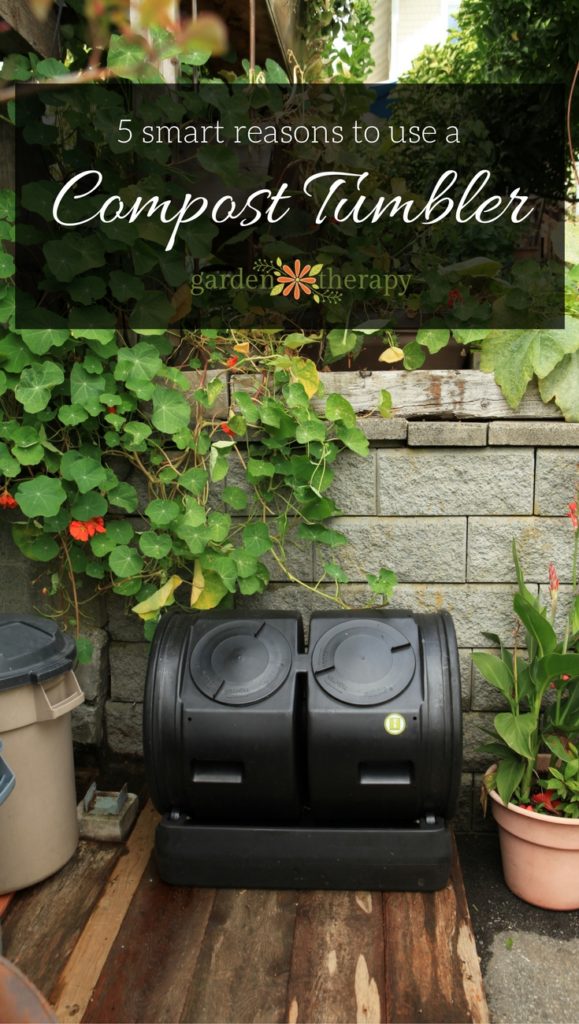
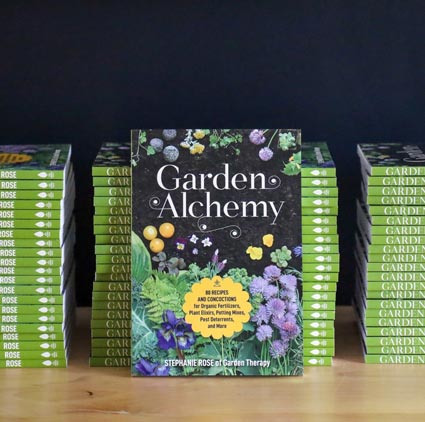
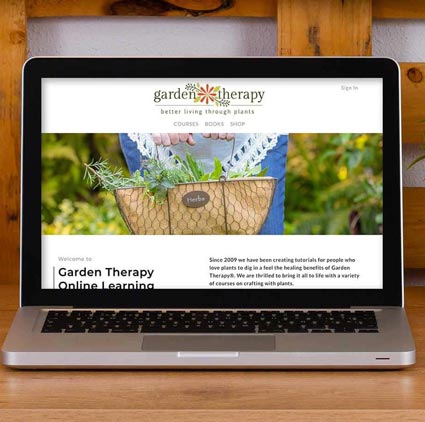

I would buy lights to start indoor vegies, I garden on Cape Cod in Massachusetts
I live in Amherst WI and I would put it toward a rain barrel.
I have a compost tumbler rather similar to this, but just one lid. I love it. It’s the best I’ve used (it’s my 4th composter). I wanted to buy a second, since, with chickens and a large garden/yard, I have plenty of stuff to compost! I was looking for the same tumbler as I had, but can’t find it. This is so similar I suspect it’s a newer version of what I have.
However, a couple of questions:
1) When one side is filled and the other isn’t, does it spin awkwardly on the base?
2) In looking at the Gardener’s Edge website, it says it collects compost tea, but the only holes are in the sides. How does it make compost tea of there’s no way for the water to exit the bin–or am I just not seeing holes in the bin?
Thanks